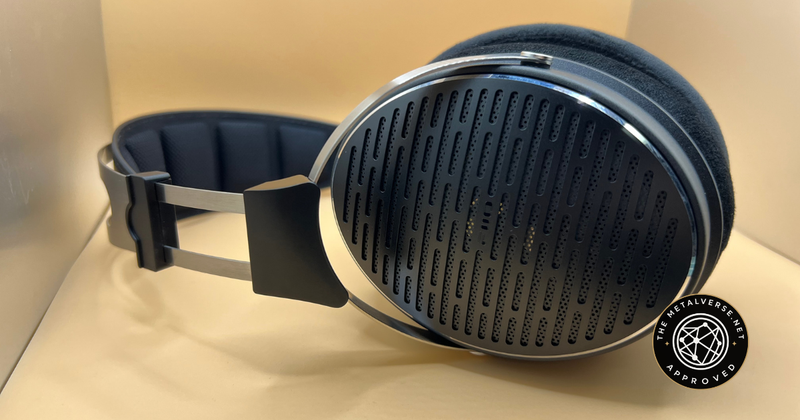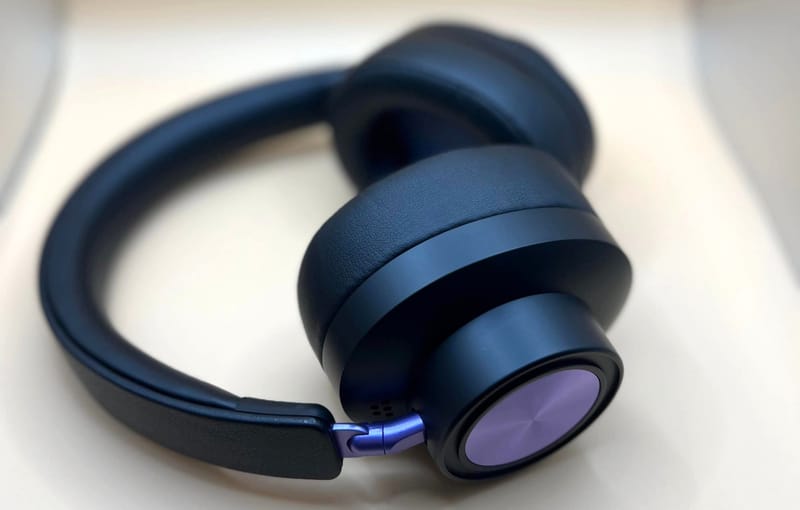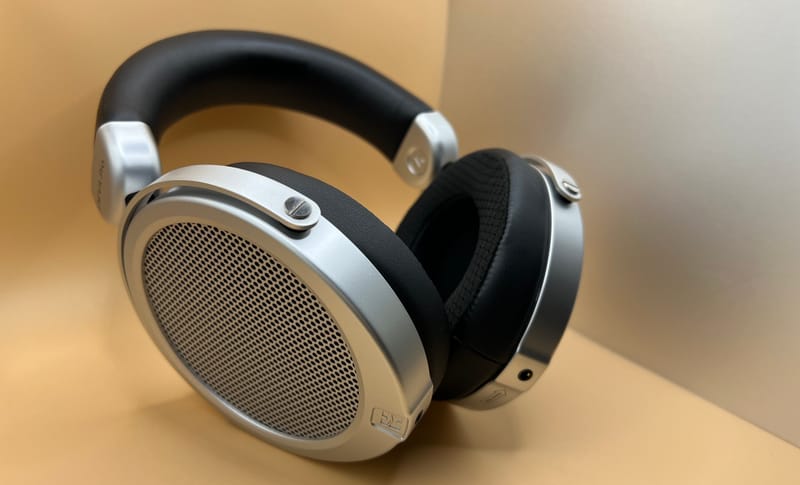HIFIMAN HE400SE Review: One of the Best Budget Planar Headphones
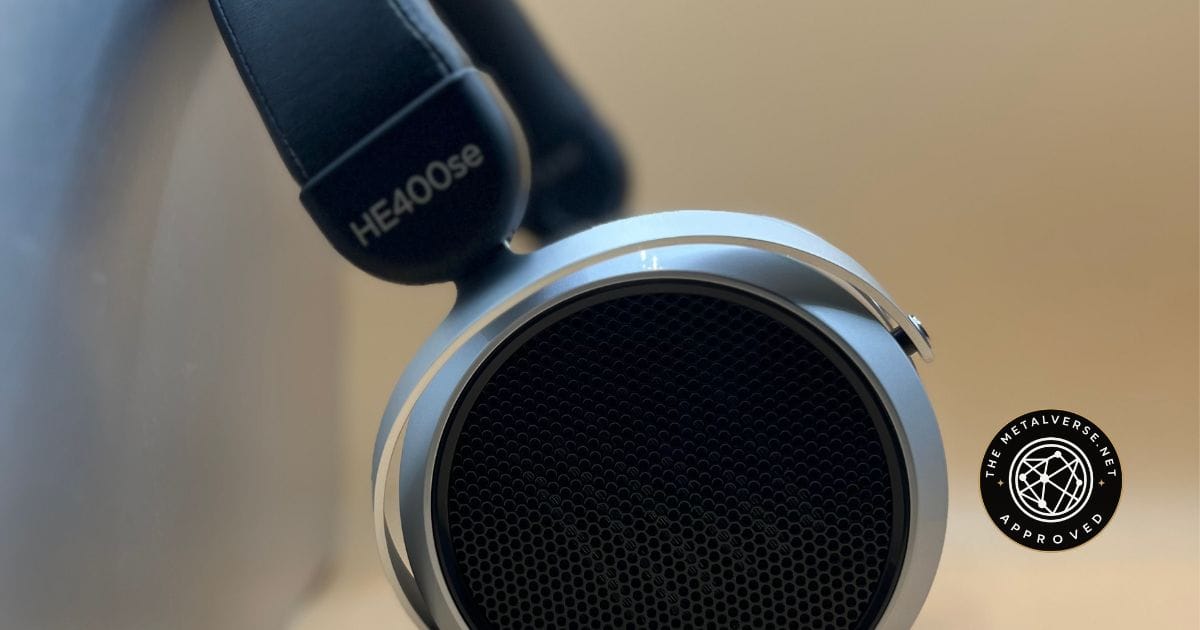
Disclaimer: I received this product in exchange for my honest review. The Metalverse is an independent website, and all opinions expressed are our own with no monetary incentive. We thank the team at HIFIMAN for giving us this opportunity.
HIFIMAN HE400SE
Pros
- Balanced, good all-around sound signature
- Impressive soundstage and imaging that exceeds its price
- Very affordable
Cons
- Slightly light bass response (due to open-back design)
- Somewhat high required power
HIFIMAN
HIFIMAN has become synonymous with accessible high-end audio since Dr. Fang Bian founded the company in 2007. With a doctorate in nanomaterials and a lifelong passion for sound, Bian set out on a mission that seemed impossible at the time—making planar magnetic headphones affordable for everyday listeners.
Before HIFIMAN's intervention, planar magnetic technology was relegated to expensive studio monitors and niche audiophile products. Dynamic drivers dominated the consumer market simply because they were cheaper to produce. But Bian saw potential in planar technology's inherent advantages: faster transient response, lower distortion, and more controlled diaphragm movement across the entire surface area.
The company moved its headquarters to Tianjin, China, in 2011, leveraging manufacturing efficiencies to achieve what seemed impossible—genuine planar magnetic headphones at consumer-friendly prices. Today, HIFIMAN offers everything from the $6,000 flagship Susvara to the sub-$110 HE400SE.
The HIFIMAN HE400SE
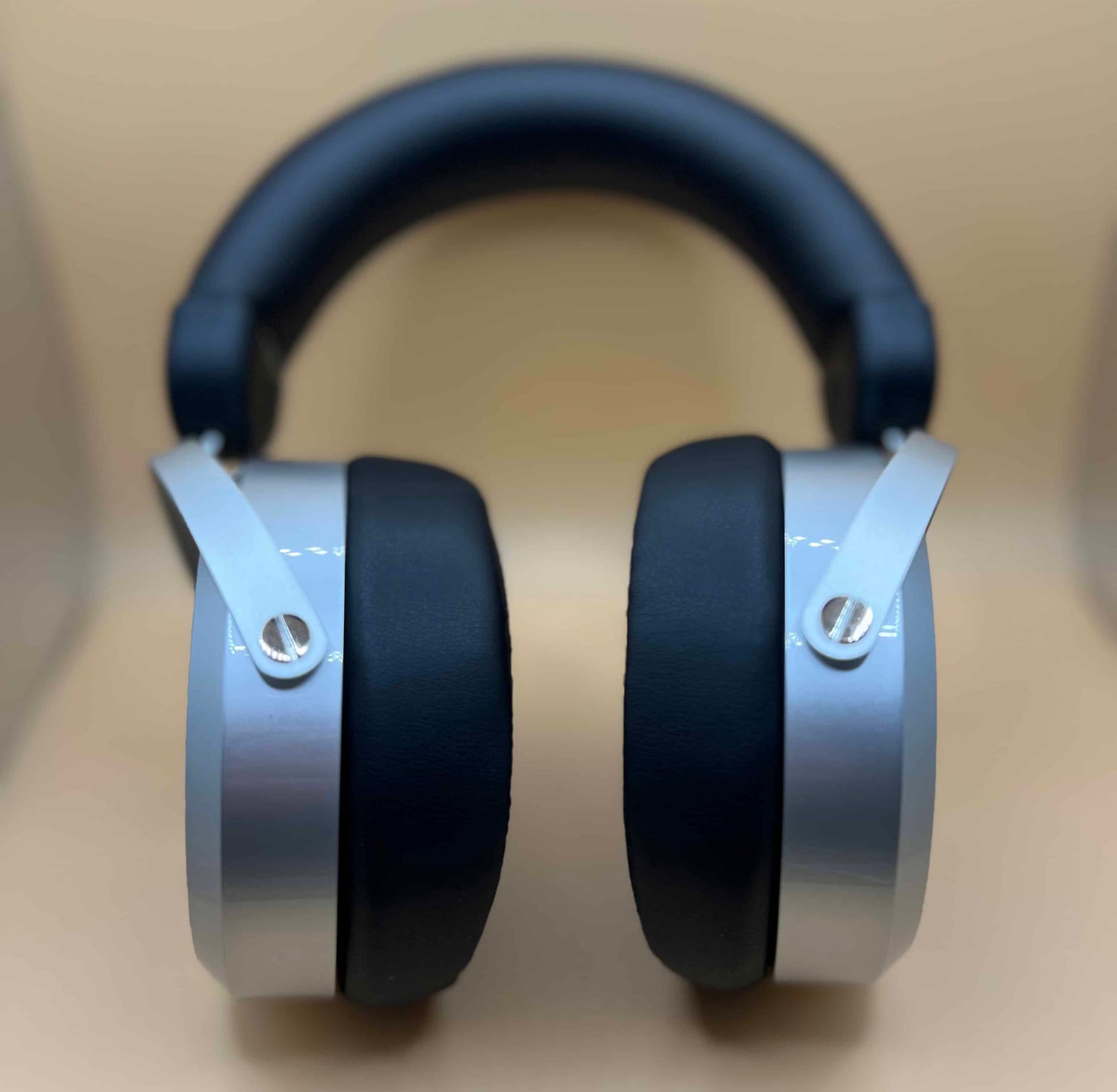
The HE400SE is the newest member of the storied HE400 family, which launched in 2012 as one of HIFIMAN's first affordable planar offerings. That original HE400 cost around $400 and was considered a bargain at the time. The series has seen numerous iterations—the HE400i in 2014, the HE400S in 2015, and the Drop collaboration HE4XX in 2017.
This latest SE (Special Edition) version launched internationally in 2021 and brings something special to the table: HIFIMAN's stealth magnet technology. These specially shaped magnets with rounded edges reduce acoustic interference, allowing sound waves to pass through more freely. The result is lower distortion and improved clarity—technology that trickled down directly from HIFIMAN's flagship models.
At its core, the HE400SE uses a single-sided planar magnetic driver with a large 80mm diaphragm covered in silver traces. Unlike traditional dynamic drivers that only excite a small portion of the diaphragm through a voice coil, planar technology distributes electromagnetic force across nearly the entire surface. This means faster, more controlled movement with significantly lower distortion.
What's in the Box?
- 1 x HIFIMAN HE400SE
- 1 x Standard Cable
- 1 x 1/4" adapter
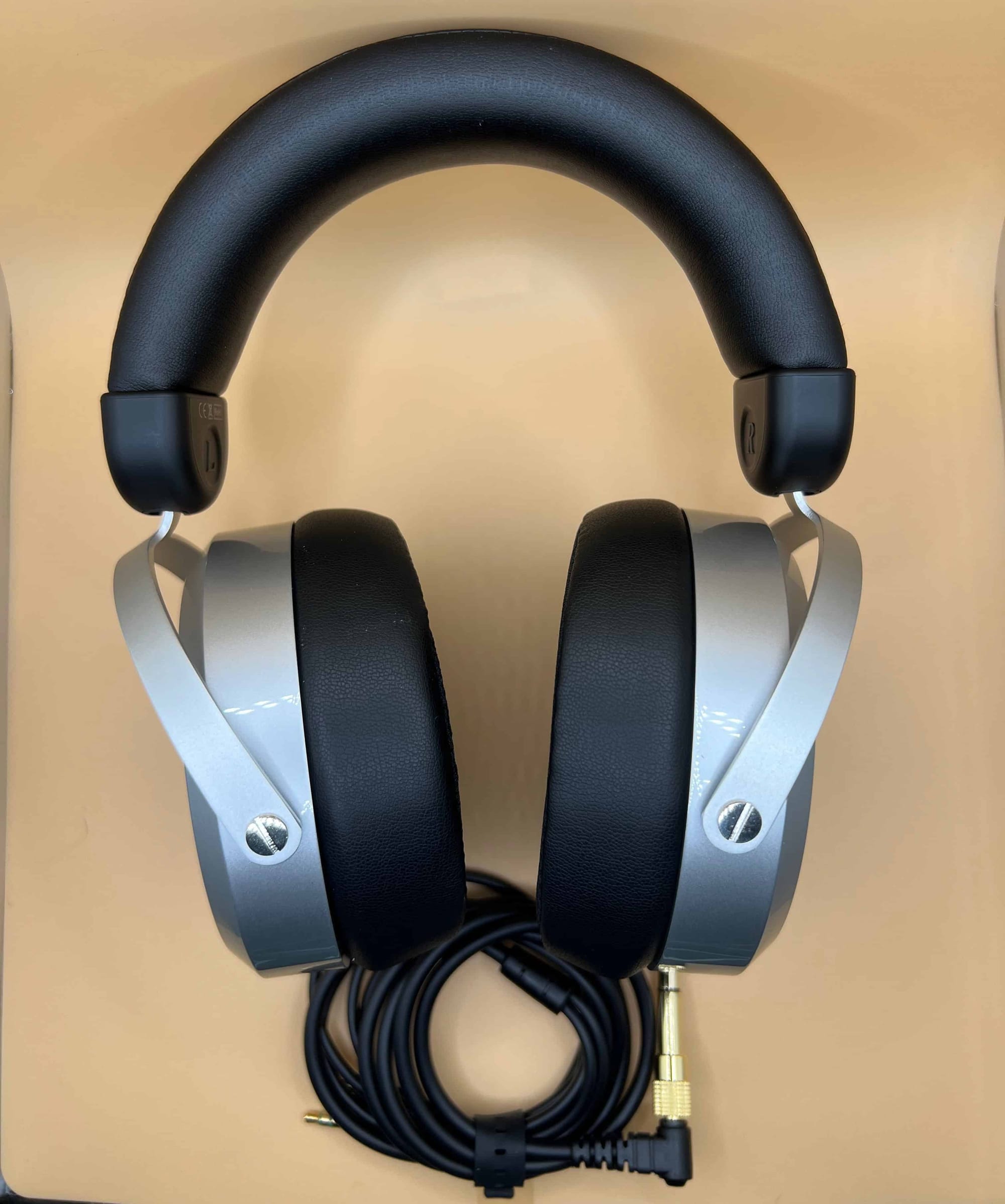
Cable
The included cable is a basic rubberized cable, nothing special, but it gets the job done. In a more expensive headphone, a nicer cable would be expected, but at its price, I think the included cable is fair. The headphones use dual 3.5mm jacks—one on each earcup—with standard TRS (tip-ring-sleeve) configuration. This is HIFIMAN's standard connector setup, which means you have access to tons of aftermarket cable options.
Build Quality and Design
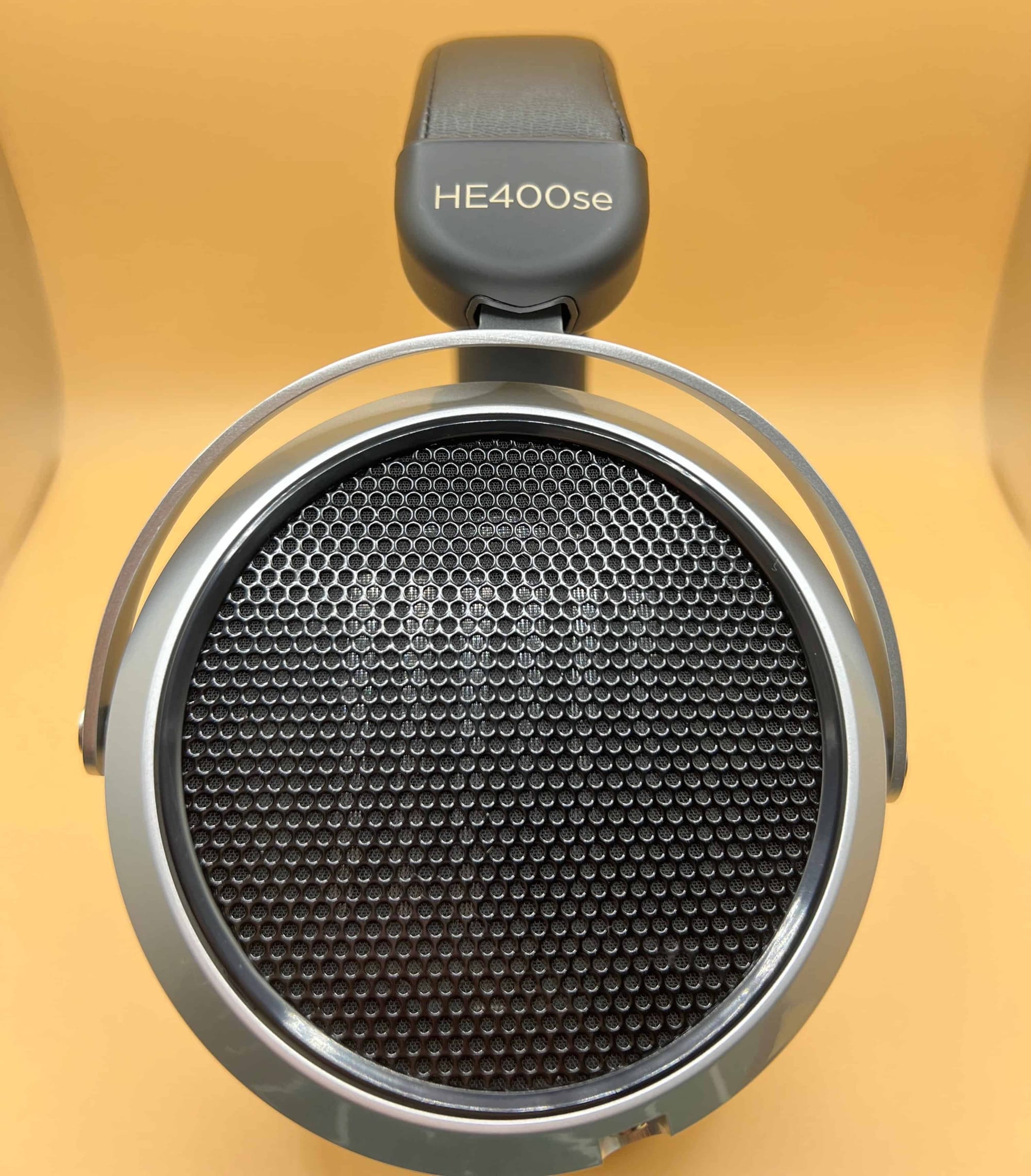
The HE400SE is built well, with a combination of plastic cups with steel yokes and outer grills creating a good mix of durability while keeping a lighter build for comfort. The headband uses spring steel wrapped in padded pleather, sharing design DNA with the more expensive Deva and Deva Pro models.Weight comes in at a very manageable 390 grams, making these some of the lightest planar headphones you can buy.
The earpads use a hybrid design with perforated mesh fabric on the section that contacts your head, perforated pleather on the interior cushion, and solid pleather on the outer ring. This combination provides better breathability than pure pleather while maintaining an adequate seal for open-back headphones. The pads attach with a simple friction-fit system—you can pop them off with your fingernails or a plastic pry tool, making pad swaps and modifications easy.
Sound Quality
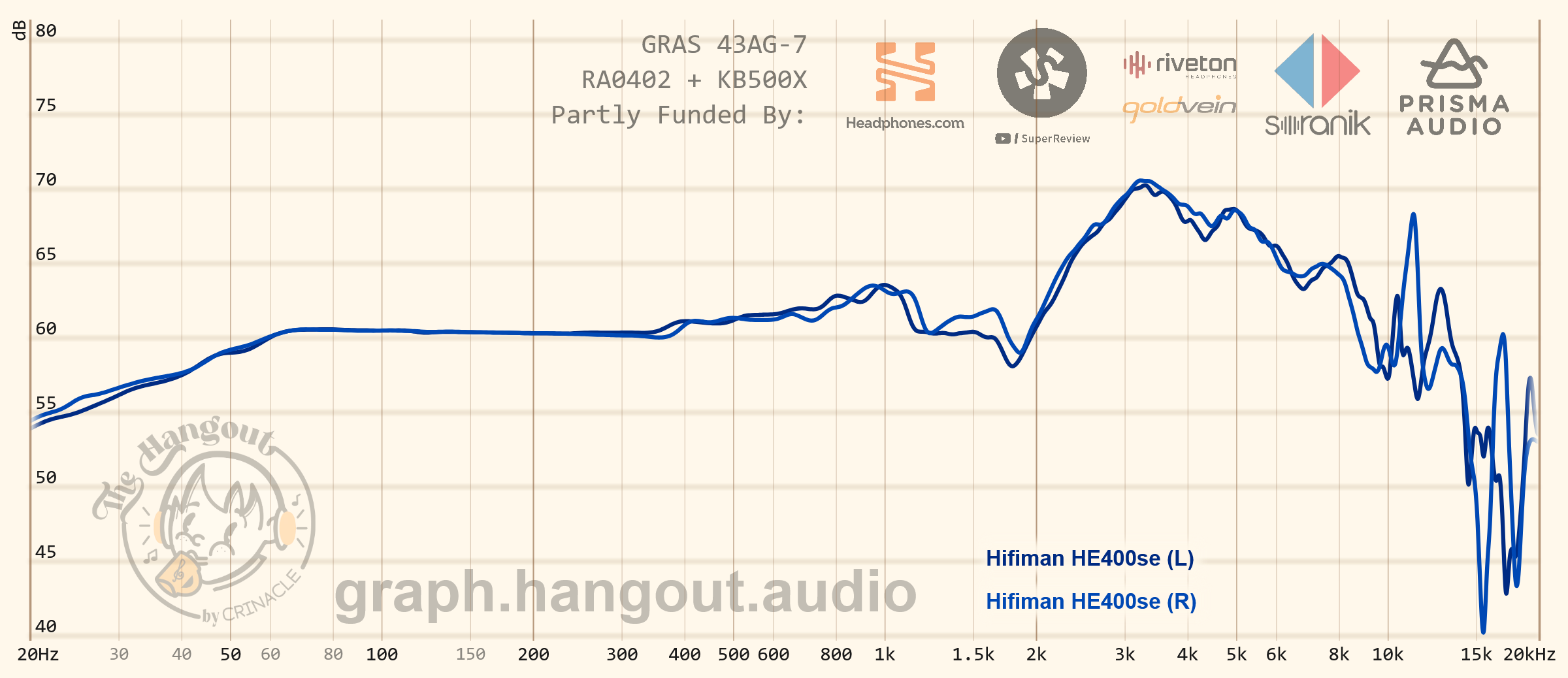
The overall tuning follows the classic HIFIMAN house sound: neutral-bright with linear bass and midrange, plus elevated but non-fatiguing treble. It's a revealing signature that emphasizes clarity, detail, and spatial presentation over warmth or bass impact. The HE400SE presents with neutrality and accuracy while still keeping a slightly bright and energetic sound that creates a sense of musicality. These have a very-well balanced sound that tackles all frequency ranges very well, making it a great all-rounder.
Bass Response
The bass on the HE400SE is probably the most divisive aspect of its sound signature. It's there, it's controlled, it's detailed—but it lacks some of the weight, impact, and extension that dynamic drivers offer. If you're coming from consumer headphones with exaggerated low-end, the HE400SE will sound bass-light at first.
Sub-bass extension rolls off noticeably below 40Hz, which is typical for open-back planar designs but still leaves you missing some of the deepest rumble in electronic music and movie soundtracks. The mid-bass is present and controlled, providing adequate body for most genres.
What the bass lacks in quantity, it makes up for in quality. The planar speed is evident here, with fast, clean transients and no overhang. Bass notes start and stop precisely, giving excellent definition to bass guitars and kick drums. While the bass might be less forward than the standards of dynamic drivers, the HE400SE really showcases the accuracy and technicality of a well-executed planar design, leaving little to be desired.
The HE400SE is also known to respond exceptionally well to EQ. A modest bass shelf boost around 40-60Hz transforms the low-end presentation without introducing distortion or muddiness. The planar drivers handle additional power easily, and many people have reported that bass becomes more satisfying with better amplification—particularly when using balanced cables and powerful amps.
Midrange
Mids are linear, well-balanced, and remarkably clean for the price. Vocals sit naturally in the mix without being pushed too far forward or recessed, and instruments have excellent separation and clarity.
Female vocals shine particularly well, with great articulation and presence. Male vocals have adequate body, though they can occasionally sound slightly thin compared to warmer headphones like the Sennheiser HD650. The upper midrange has a subtle push that brings detail forward without crossing into harshness.
Instrument timbre is excellent overall; acoustic guitars, pianos, and strings sound natural and convincing, with enough tonal accuracy that nothing feels unnatural. The slightly drier presentation compared to more expensive models means instruments don't have quite the same weight and body, but the resolution and detail retrieval are exceptional for this price bracket.
Treble
The treble tuning is classic HIFIMAN—elevated for detail and air, but refined enough to avoid fatigue. There's a broad rise in the treble region from around 2.5kHz up to 9kHz, with additional energy extending all the way to 20kHz. This gives the HE400SE a touch of energy and brightness.
The HE400SE does have a generally softer treble response, making it safe for treble-sensitive listeners, while still revealing a good level of detail in higher frequencies. Sibilance is not an issue, and the slight treble roll off makes sure that the HE400SE isn't too bright at the cost of some extension. Overall, the treble performance is quite good for the price.
Technical Performance
The soundstage is impressively wide and well-defined for a headphone around the $100 range. Instruments occupy pinpoint positions in 3-D around your head. The open-back design greatly helps here, building a sense of expansiveness that is nearly impossible to reproduce with a closed-back headphone.
The width is definitely the star, extending well beyond the physical boundaries of the headphones. Depth and layering are good as well, though not quite as impressive as the horizontal dimension. You get a legitimate sense of front-to-back positioning, with closer elements feeling more immediate and distant sounds appropriately pushed back in the mix.
Imaging is outstanding. The HE400SE creates a holographic presentation where you can point to exactly where each instrument sits. In complex songs, individual instruments can be clearly heard without blurring together. This makes them excellent for gaming, live recordings, and complex orchestral pieces where spatial accuracy matters. The combination of planar speed and HIFIMAN's tuning creates a presentation that's both spacious and precise.
Dynamics are solid across the board. Micro-dynamics come through well, revealing the nuance in performances. Macro-dynamics are good when properly amplified, with adequate slam and impact for most music, though explosive transients don't hit quite as hard as some dynamic drivers.
Comfort and Isolation
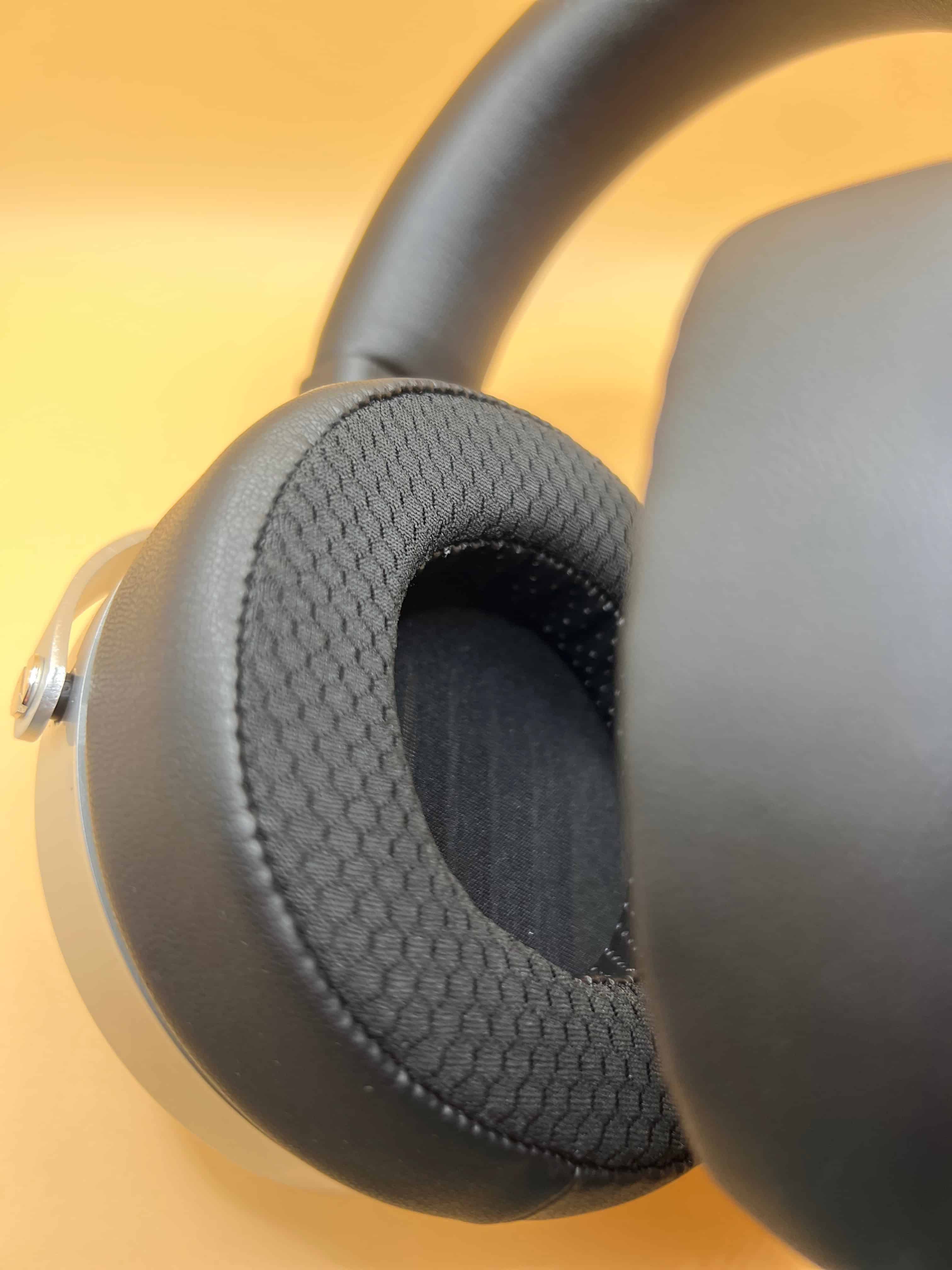
Comfort is good on the HE400SE. The lightweight design (390g) immediately works in these headphones' favor, helping to reduce hotspots. Clamping force is moderate, enough to keep the headphones securely in place, but not so much that you feel squeezed.
The hybrid earpads are comfortable and reasonably breathable, with the mesh fabric facing your head helping reduce heat buildup compared to solid pleather designs. The oval-shaped pads also provide plenty of interior room for most ears.
The main comfort issue that some people experience comes down to the headband. HIFIMAN uses a relatively thick padded headband that some people have found to cause hotspots after longer listening sessions, although I personally had no problems with this and found it to be fine.
Isolation is practically zero; these are open-back headphones, which means sound leaks in and out freely. You'll hear everything happening around you, and everyone nearby will hear your music. If you don't need isolation in your environment, open-back headphones will offer a significantly better soundstage that makes it hard to go back to closed-back headphones.
Amplification
The HE400SE's 91dB sensitivity and 25-ohm impedance make it a little harder to drive than a typical headphone. For mobile use, you will want a DAC/Amp to get the best performance out of these cans. A simple USB-C dongle should provide enough amplification to highlight the HE400SEE's strengths.
Comparisons
HIFIMAN Sundara ($159)
The Sundara is the HE400SE's bigger brother and represents the next step up in HIFIMAN's lineup. The improvements are noticeable but not revolutionary. The Sundara has tighter, deeper, more textured bass that extends lower and hits harder. The overall timbre is more natural, with better tonal weight and body across all frequencies.
The Sundara also scales better with high-end amplification, revealing more nuance and refinement when fed serious power. Build quality is also better, with more premium materials and the famous HIFIMAN suspension headband that many find more comfortable.
However, the HE400SE actually has a larger soundstage width and arguably better imaging within that space. The treble on the HE400SE is also slightly more refined thanks to the stealth magnets, though this is a minor difference.
Both are excellent choices, with the HE400SE being more budget friendly (although the Sundara has recently dropped in price to $159 from $300+.
Sennheiser HD560S ($169-199)
The HD560S is Sennheiser's budget-conscious attempt at a neutral reference headphone, and it competes directly with the HE400SE on price and target audience. The HD560S is easier to drive, lighter, and more durable. It has slightly better bass quantity and a tuning that's closer to the Harman target curve.
The HE400SE wins decisively in soundstage width, depth, and imaging accuracy. It also has better treble extension and detail retrieval, plus the inherent advantages of planar technology like faster transients and lower distortion.
Timbre is more organic on the HD560S, and it requires less amplification to sound its best.
Both are excellent choices, but the HE400SE offers more "wow factor" with its technical performance and spacious presentation, while the HD560S is the more forgiving option that works well with any source.
Final Verdict
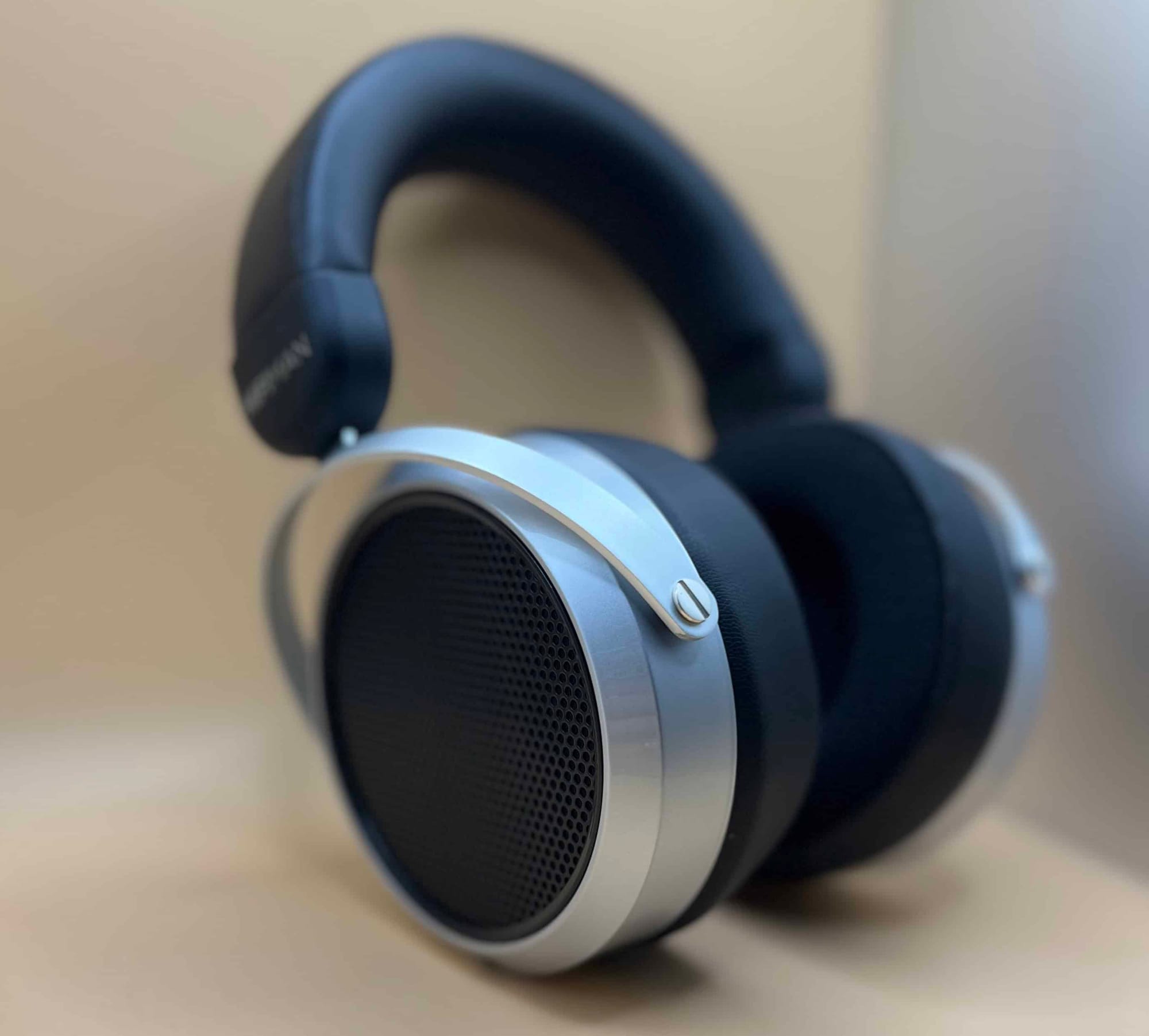
For around $110, you're getting legitimate planar magnetic technology with stealth magnets, exceptional soundstage and imaging, impressive detail retrieval, and enough technical performance to compete with headphones costing much more.
Most headphones at this price range have an obvious downside, but the HE400SE manages to be above average across the entire sound spectrum, becoming a reliable and consistent headphone that feels balanced and accurate.
The HIFIMAN HE400SE succeeds throughout all frequencies; it's a Jack of All Trades headphone–it is versatile, technical, and able to handle all genres of music you throw at it. For anyone curious about open-back planar magnetic technology, the HE400SE is an easy recommendation.
Check the HE400SE Latest Price Here:
Technical Specifications
Driver Type: Planar Magnetic with Stealth Magnet Design
Magnet Array: Single-sided
Diaphragm Size: Approximately 80mm
Frequency Response: 20Hz - 20kHz
Impedance: 25 Ohms
Sensitivity: 91dB
Weight: 390g (13.8 oz)
Cable: Detachable dual 3.5mm (TRS), approximately 1.5m length with 6.35mm adapter
Acoustic Design: Open-back
Thanks for reading! Check out more audio gear reviews and join our community of music enthusiasts.
- Read more of the latest rock/metal news here
- Subscribe to our Metal News Email list for weekly updates!
- Join our free 5-day music marketing email course!
- Support The Metalverse and go ad-free.
- Follow us on Social Media | Instagram | Facebook


